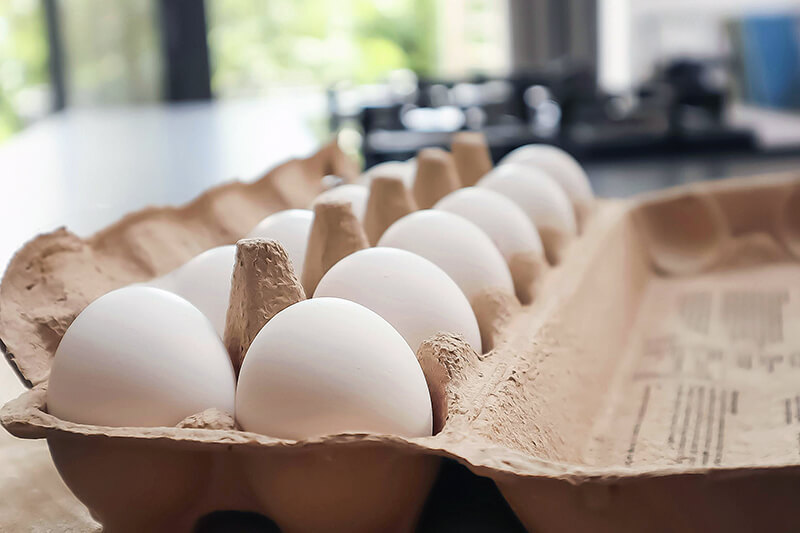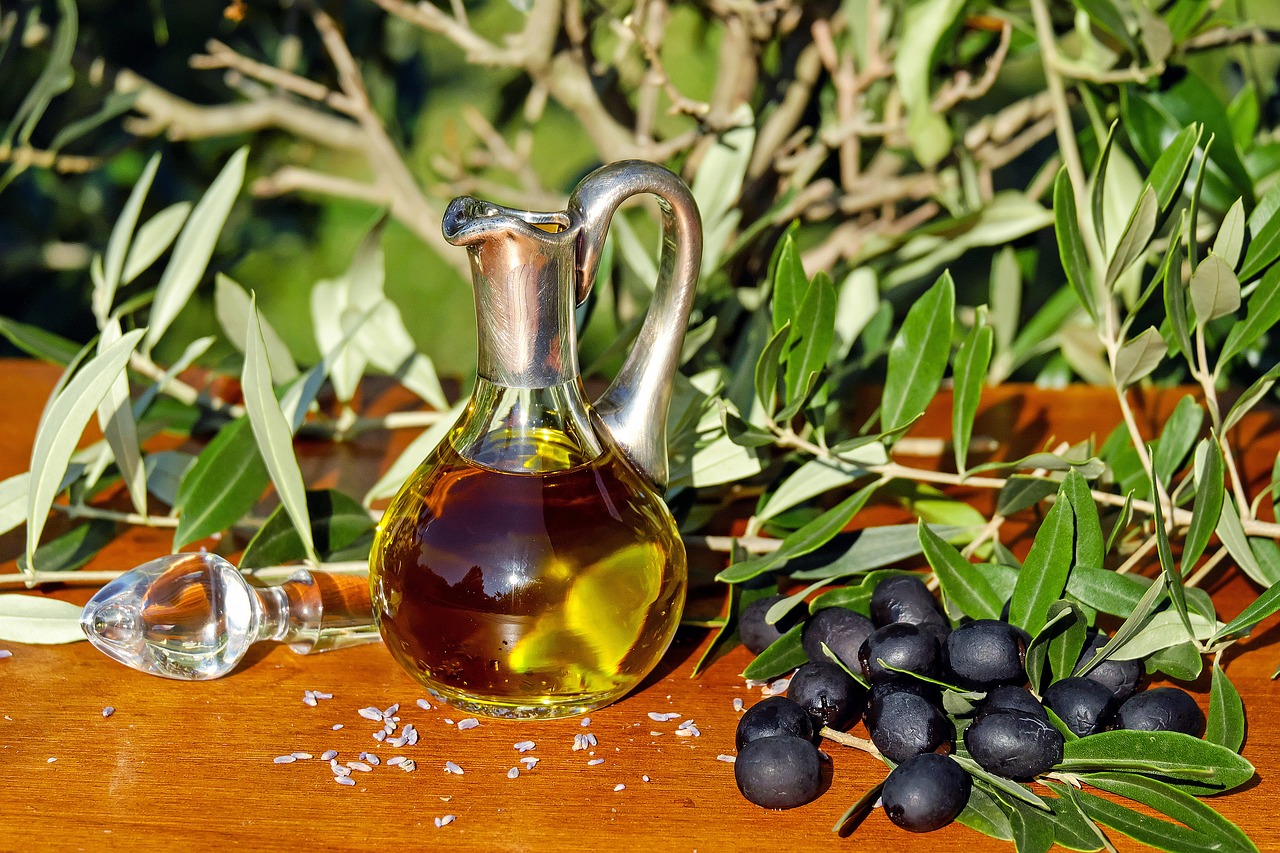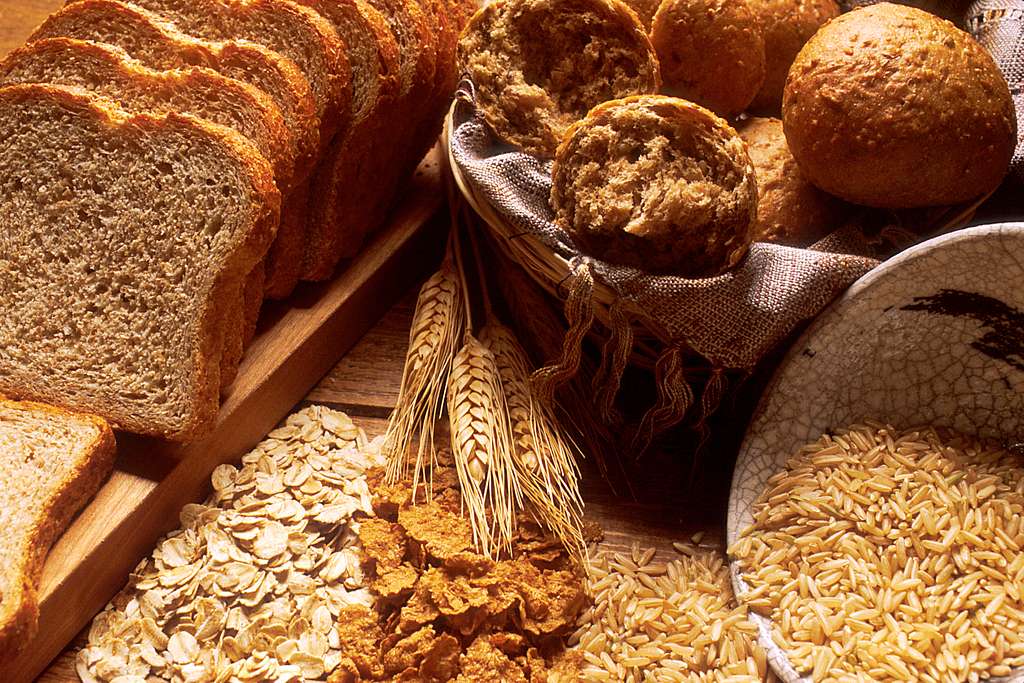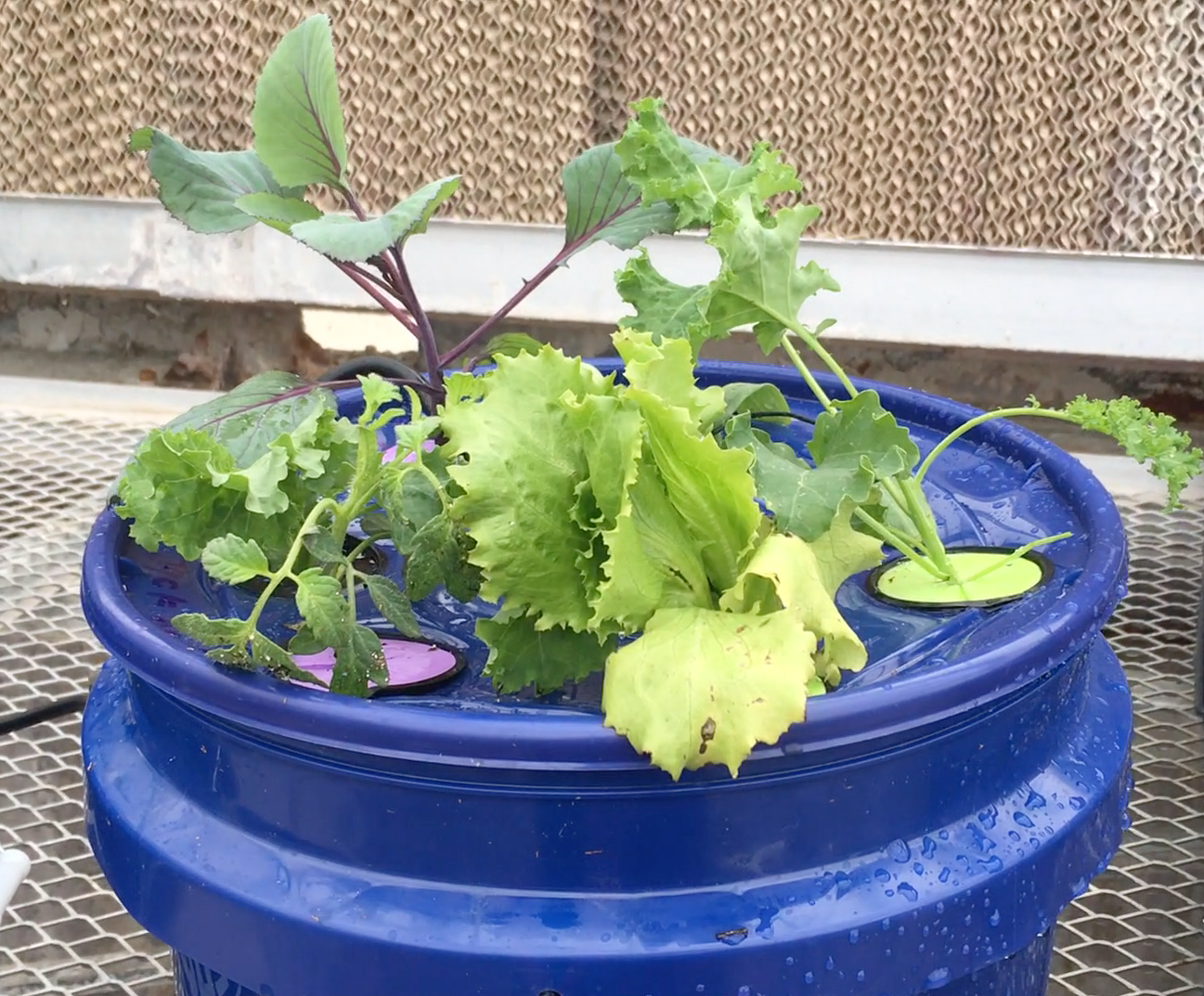
Eggs: From Hen to Home (Grades 3-5)
Students trace the production path of eggs, beginning on the farm and ending in their home and identify the culinary uses and nutritional benefits of eggs.

Students trace the production path of eggs, beginning on the farm and ending in their home and identify the culinary uses and nutritional benefits of eggs.
Students discover how animals utilize nutrients and energy from food humans cannot digest and convert it to meat, a food rich in zinc, iron, and protein. Students examine how hamburger is formulated for leanness, compare two kinds of hotdogs, and investigate about fish.
Students measure the temperature of cold, lukewarm, and hot water using a thermometer, investigate the growth of microorganisms by observing yeast growth at varying temperatures, and practice proper techniques for hand washing. The use of Glo Germ (TM) gel visually reinforces the importance of personal hygiene/hand washing.

Students identify the farm source of common dietary fats, compare Nutrition Facts labels, perform a taste test of various salad dressings, learn the chemistry of emulsification, and compare regular ice cream, reduced-fat ice cream and fat-free ice cream.
Students develop a working vocabulary regarding food, categorize foods by their sources, examine grocery ads, learn about food production, and apply what they learned by analyzing foods they eat at a particular meal.
Students observe various types of seed, discover the many uses of seeds, taste edible seeds, and make a seed mosaic.
Students will explore the path food takes along the Farm-to-Table Continuum. They will begin on the farm and investigate food safety issues during processing, transportation, at restaurants and supermarkets, and finally, in their own homes. Teams will identify how food can become contaminated along the continuum and develop and present strategies for preventing contamination at each step.
Students investigate a variety of oilseed crops, discover how and where they are grown, and explore their nutritional benefits.

Students investigate a variety of grains, discover how and where they are grown, and explore their nutritional benefits.
Students investigate a variety of nuts, discover how and where they are grown, and explore their nutritional benefits.

Students will use the Engineering Design Process to develop and construct an aeroponic garden to grow a food crop. Students will develop and apply an understanding of plant anatomy and physiology related to plant growth and ultimately discuss the possibilities and limitations of using vertical farming to produce our food.

Students will use the Engineering Design Process to develop and construct an aeroponic garden to grow a food crop. Students will develop and apply an understanding of plant anatomy and physiology related to plant growth and ultimately discuss the possibilities and limitations of using vertical farming to produce our food.